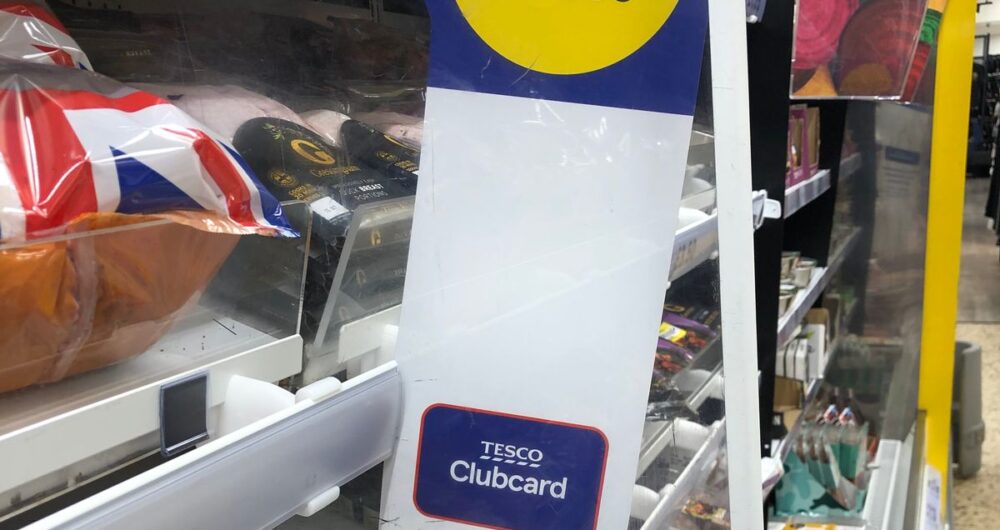Supermarket shoppers have long been on the lookout for yellow stickers placed on cut-price products at the end of the aisle that are approaching their best-before date, according to the BBC.
Now the use of the big yellow label has extended to other in-store discounts – specifically lower prices targeted directly at loyalty card holders.
The colour is carefully chosen. It is supposedly warm and welcoming. And these deals, exclusive to loyalty card holders, mark a change in tactics by retailers.
Gone are the days when the Clubcard or Nectar card was used to build up points to redeem for a treat. Now they offer financially-stretched customers lower prices in the hope they do not shop elsewhere.
In return, cardholders give these businesses a deep insight into their spending preferences, and an opportunity to boost their profits.
Retailers are also exploring the potential of loyalty programmes to reward sustainability, and meet their eco targets
Loyalty points are nothing new. In the 1960s and 1970s, Green Shield Stamps were popular.
Shoppers filled books of stamps to exchange for gifts. Complete eight books and you could claim a new toaster. Fill 155 and a Lambretta scooter was yours.
The Tesco Clubcard took the idea to another level. The supermarket chain first introduced the Clubcard in 1995 and within a year, customers were spending 28% more in its stores.
Now, faced with the prospect of losing customers to the discounters Aldi and Lidl, and in light of the soaring cost of living, there has been a clear shift.
Tesco chief executive Ken Murphy, this week announcing annual profits of £1bn, said the business had “fundamentally repositioned” its discounting in recent times, including its Clubcard Prices system. The retailer claims 21 million UK households use a Clubcard.
On Tuesday, its rival Sainsbury’s launched Nectar Prices – hundreds of lower-cost products for its 18 million cardholders. Outside of groceries, Boots recently said it was shifting the focus of its Advantage Card to day-to-day discounts on its own-brand products.
“It costs retailers a lot more to acquire a customer than it does to keep a customer,” says consumer insight specialist Kate Hardcastle.
“So they are reminding you that if you are loyal, they are literally treating you differently as a customer. They want a narrative that they are the best and the cheapest.”
In response, they hope shoppers with busy lives do not bother to shop around, and fill their baskets in one store as well as making impulse purchases of the products on offer.




